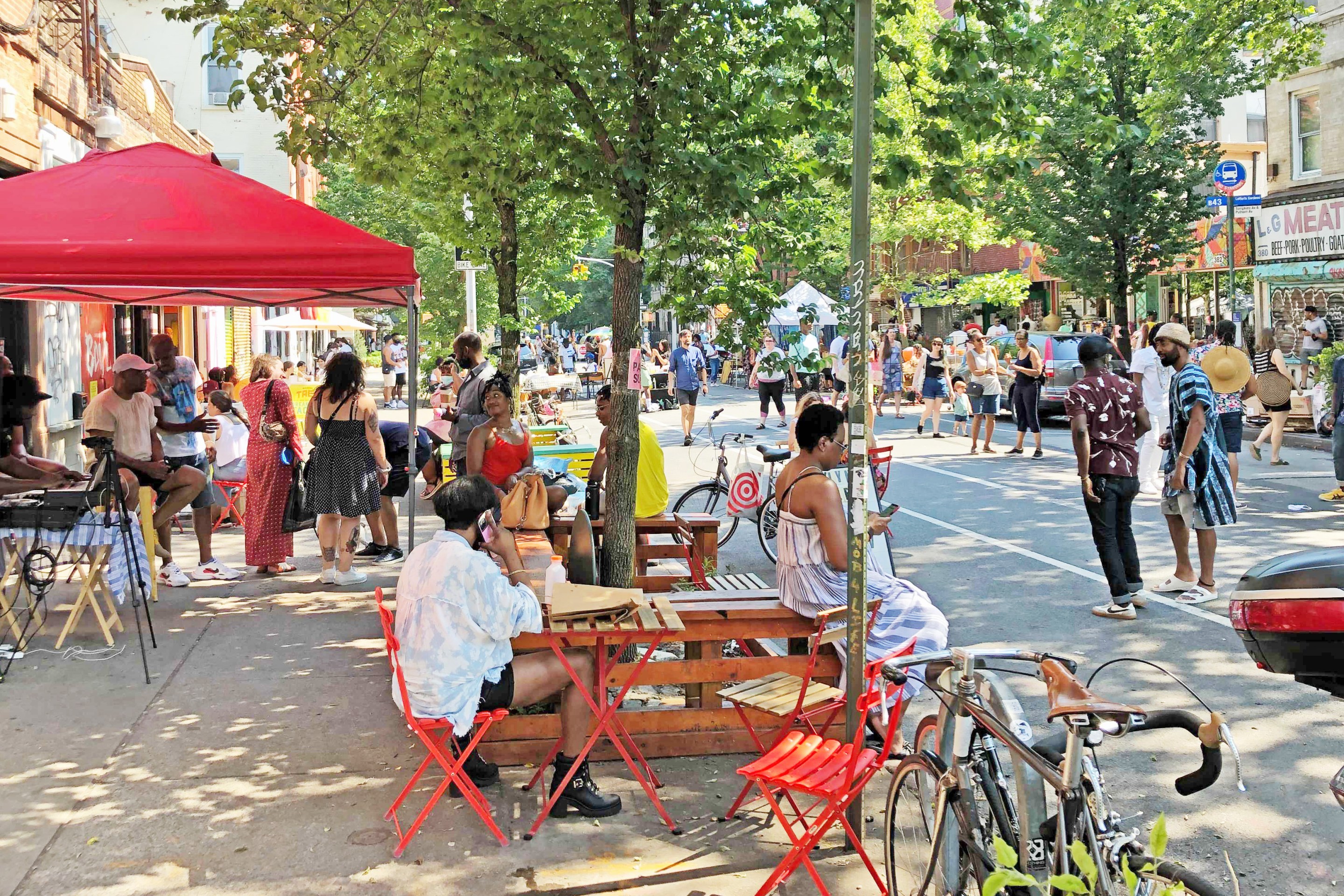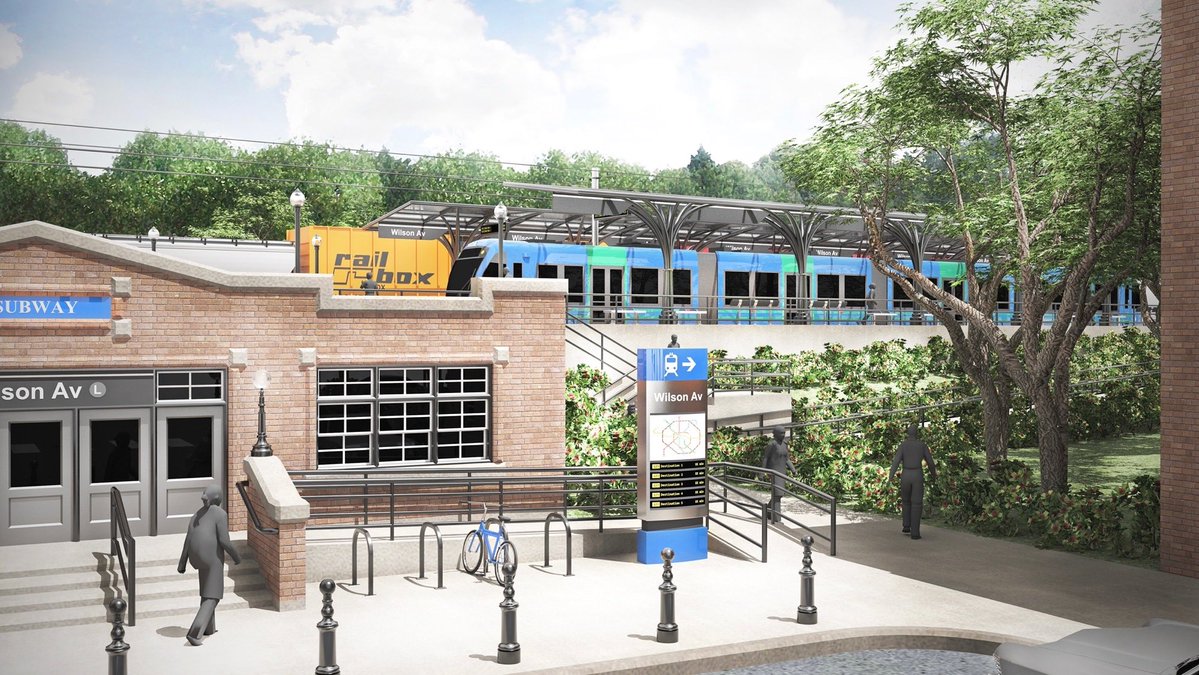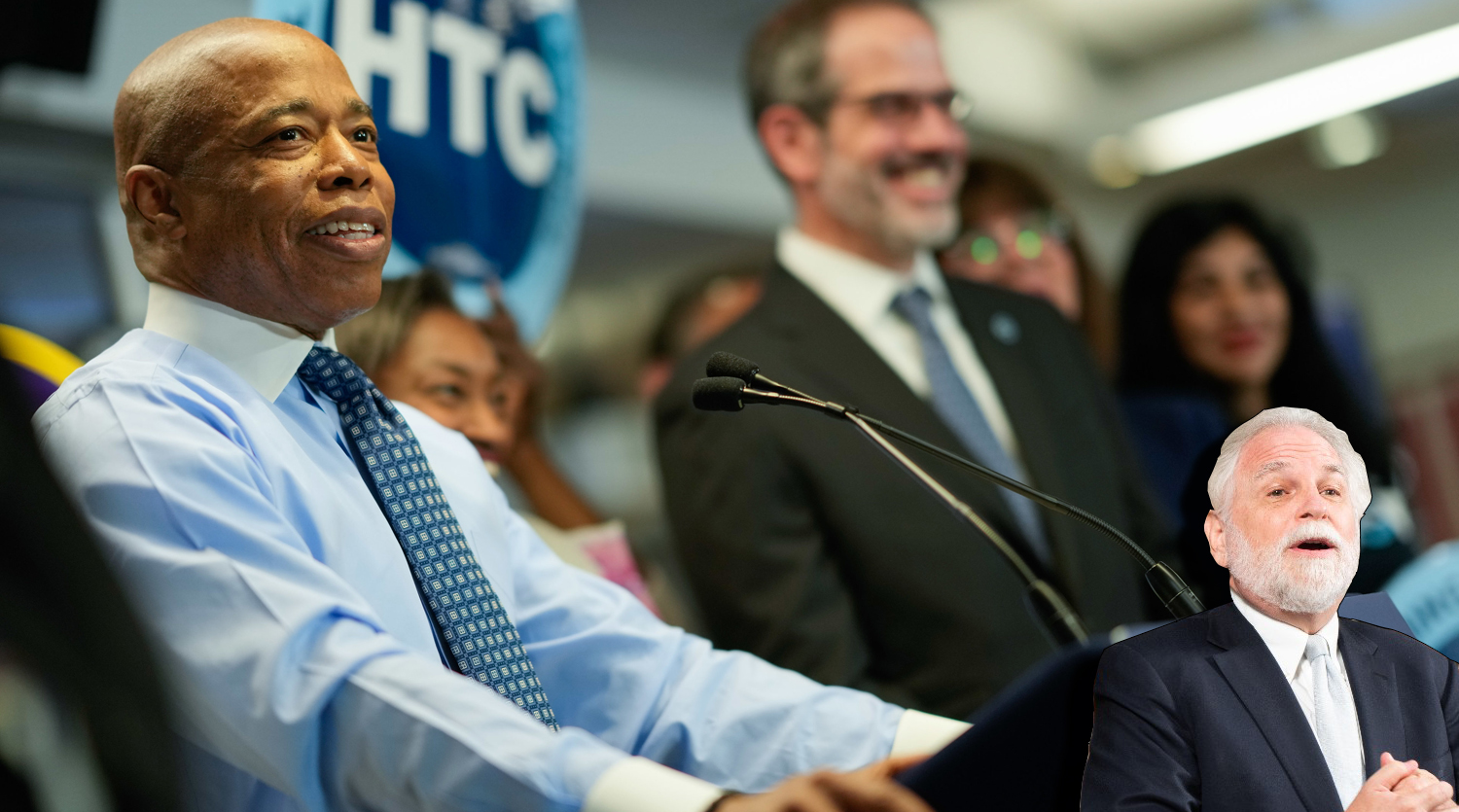
Howard/Stein-Hudson consultant Chris Ryan directs UWS traffic
Over 200 Upper West Siders turned out last night to tell the DOT what they think of street conditions in their neighborhood.
Held at John Jay College Auditorium on 10th Avenue and 58th Street, the premiere "listening session" of the West Side Transportation Study attracted "one of the larger turnouts" for a kickoff meeting, said moderator Arnold Bloch, of DOT consultants Howard/Stein-Hudson Associates. Covering West 55th to 86th Streets from Central Park West to the Hudson, the study aims to assess existing and future conditions through 2016, and to "develop short term, medium term, and long term improvement measures in consultation with stakeholders."
Such abstractions were not what at least one resident had in mind. As Bloch outlined the night's agenda -- the crowd would be dispersed into groups for "breakout sessions," which would consist of even smaller groups discussing a particular street use issue -- an elderly woman said she had expected some direct face time with DOT. Once she was assured that her specific concerns could be addressed by one of the many DOT personnel on hand, and after obligatory appearances by elected officials (including Borough President Scott Stringer and Council Member Gale Brewer, who helped bring about the study), attendees were shuffled off to different rooms.
There were about 40 people in my group, the majority of them in their fifties or older. At least one was in a wheelchair, and one was sight-impaired. Our Howard/Stein-Hudson moderator explained that street use issues would be lumped into five discussion topics: congestion, curb space, safety, "travel challenges," and quality of life. As we were about to be broken up into groups (one for each topic), an elderly lady -- possibly the same one from the auditorium, but I don't think so -- incited a mini-revolt, insisting it would be better if DOT staff could hear each citizen out individually. This led to a bit of a clamor before our moderator convinced everyone that the breakout session method was the best way to have everyone's comments incorporated into the study.
I listened in on group discussions around the room. Here's some of what was on people's minds:
- intrusion of newsracks, phone booths, parking meters and other "sidewalk furniture"
- bike lanes (need more)
- jaywalking pedestrians (need fewer)
- staggering shift changes for cab drivers
- ADA compliance by the city, including disabled access to sidewalks, crosswalks and buses
- better sidewalk illumination
- signage at every intersection
- clearly indicated building numbers on all buildings
- noise from garbage trucks, fire trucks, buses and motorcycles
- pollution from buses
- horn-honking
- "no one knows what a fire lane is" anymore
- dominance of construction scaffolding
- drivers should leave addresses and phone numbers in car windows
- controlled truck entrances into Manhattan
- no SUV tax breaks
- parking for 100 percent of residents in new construction projects
- park-and-ride lots outside of Midtown, or in New Jersey
- angled parking on one side of residential streets to cut own on double-parking
- bike riding on sidewalks
- congestion
- community board participation in congestion pricing
- study should extend to 96th Street
- law enforcement
- are police overworked?
- abuse of parking placards by press, police and other government employees
- "One of the most wonderful things that could happen in this city is if the police actually obeyed the law."
According to study literature, representatives from DOT, City Planning, the NYC Economic Development Corporation, NYC Transit, MTA and the New York Metropolitan Transportation Council will comprise a technical advisory committee to help analyze area demographics; land use and zoning; auto traffic; pedestrian and bike volumes; five-year crash data; parking; transit; and commercial truck movement -- all of which will be used to formulate "improvement packages" for the study's final report.
Those who missed the meeting may submit comments here.
Streetsblog would like to hear from readers who attended. What were your impressions?





